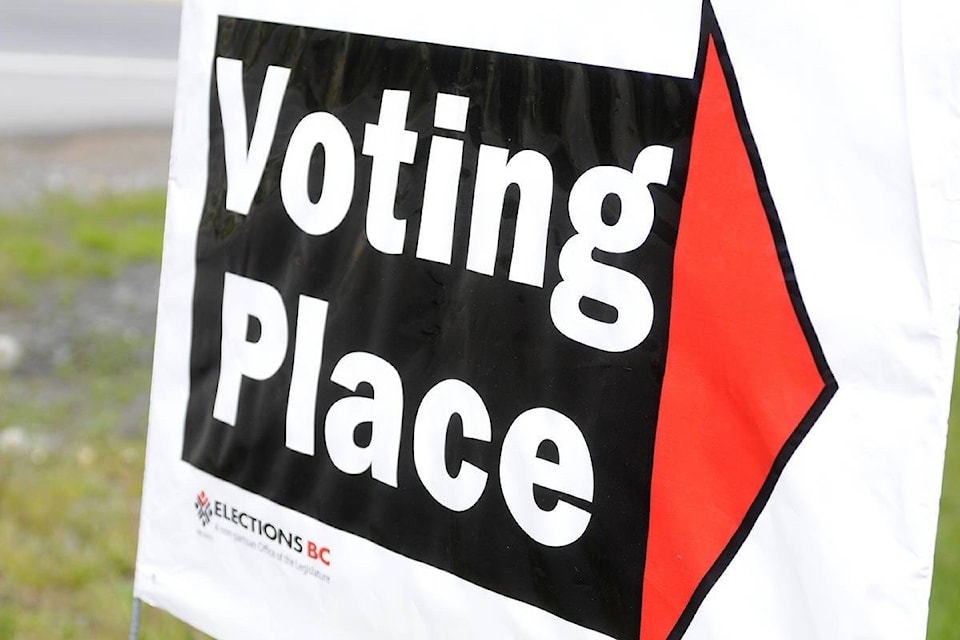Re: One political coalition plotting to kill another (B.C. Views column, Dec. 4).
Tom Fletcher writes that the upcoming referendum on first-past-the-post (FPTP) voting is “rigged” because it will use a threshold of 50 per cent plus one. Nonsense.
A simple majority is fair, and is the standard specified in B.C.’s Referendum Act. Fletcher’s objections ring a tad hypocritical when we consider that most MLAs receive less than 50 per cent of the votes in their ridings, and when we realize that parties regularly form “majority” governments with far less than 50 per cent of popular support.
Yet when it comes to switching to a system where more votes actually matter, a true majority of B.C. voters suddenly isn’t good enough for Fletcher. Methinks he doth protest too much.
On the issue of rural representation, Fletcher is dead wrong. Both rural and urban representation will be dramatically improved under proportional representation. Regional differences are exaggerated under FPTP. Current voting patterns show that all the major parties have significant support in all areas of the province: 47 per cent of rural voters supported parties other than the B.C. Liberals this spring, while 54 per cent of urban voters supported parties other than the NDP. Thus, the political priorities of fully half of B.C. voters are essentially ignored by their MLAs.
Proportional representation would honour this diversity of opinion, so all regions would have MLAs from both the B.C. Liberals and the NDP, and quite likely the Greens as well. Regional sweeps by a single party would be a thing of the past. I suspect that this is the real reason Fletcher and his tribe are in a lather: rural voters would still have the same number of MLAs, but they wouldn’t all be the same colour anymore.
In addition, all regions of the province would elect MLAs to both government and opposition under a proportional system. Entire regions of the province wouldn’t be shut out of government decision-making completely, as they are now, with all of their MLAs doomed to irrelevance on opposition benches.
Political parties have long enjoyed “majority” governments while representing only a minority of voters. B.C. has elected only one true majority government since 1956. That was in 2001, when one party won 57 per cent of the vote, which was magically transformed by FPTP into 97 per cent of the seats!
Proportional representation forces parties to earn majority power, or cooperate with others. Either way, the legislation that is passed reflects the will of a true majority of voters, and is much less likely to be reversed immediately after the next election. Studies show that PR countries have better outcomes in terms of voter satisfaction and voter turnout – because people understand that their votes actually matter, regardless of their party preference.
The choice in the upcoming referendum comes down to one basic principle: do we believe that one minority after another should have the right to do as they please, or do we opt for a system which represents voter preferences more fairly? When you compare how the systems work for voters, rather than parties, there’s no comparison—PR wins hand down.
Gisela Ruckert, Fair Vote Canada, Kamloops
